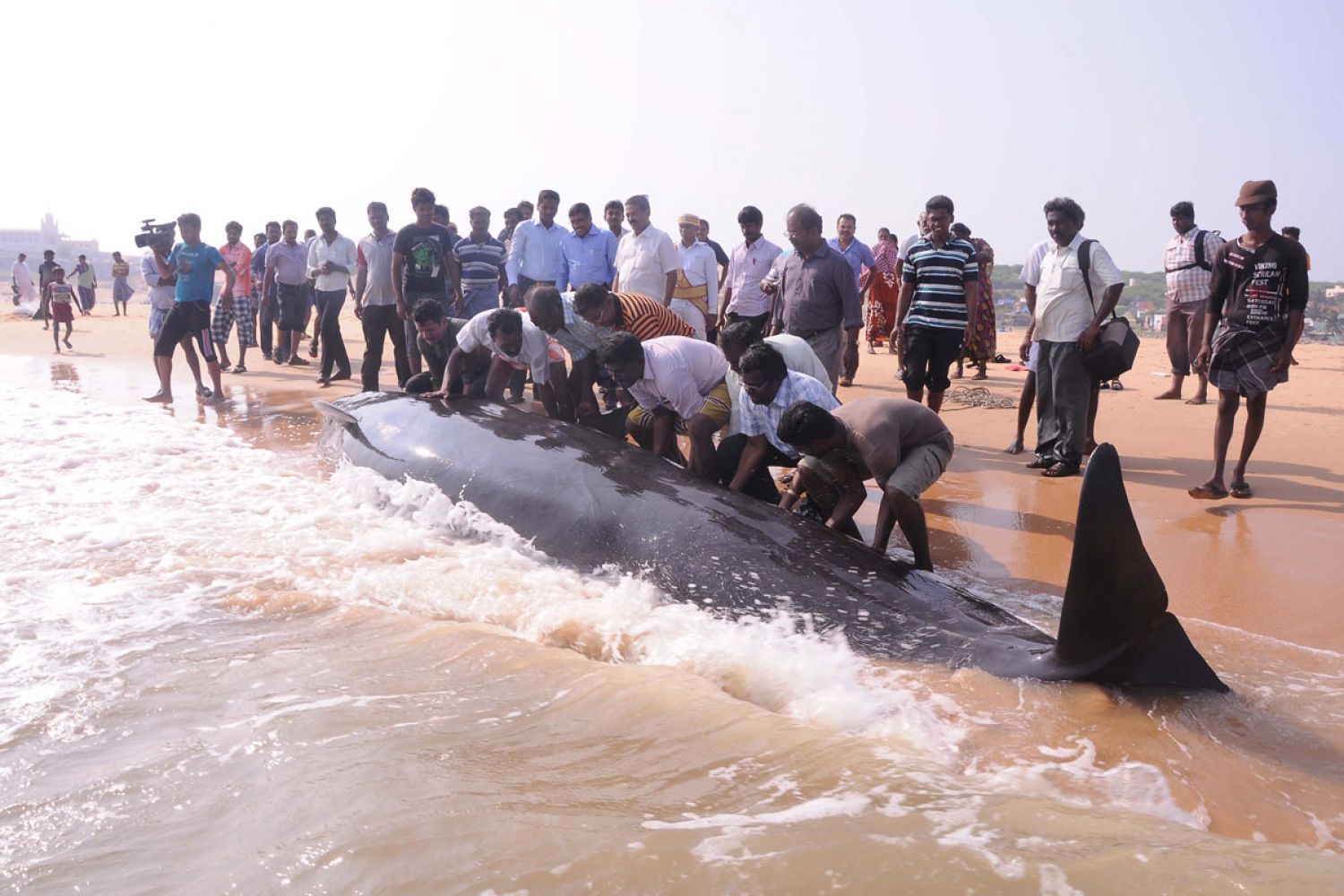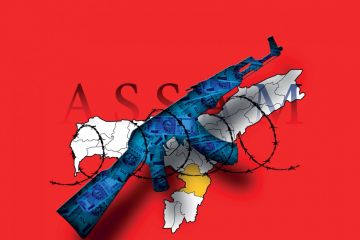
In two small
stretches in the sand, the 81 short-finned pilot whales that died on January 12
and 13 off Manapad coast in the Gulf of Mannar in southern Tamil Nadu’s
Tuticorin district were given a mass burial. Small mounds of sand mark the
graves. Litter flies over them. A church overlooks the graves. Some distance
away, a lighthouse stands. The wind carries the smell of putrefying fish guts
and bleach. As officials moved on after burying the whales, the fishermen
poured bleach to quell





